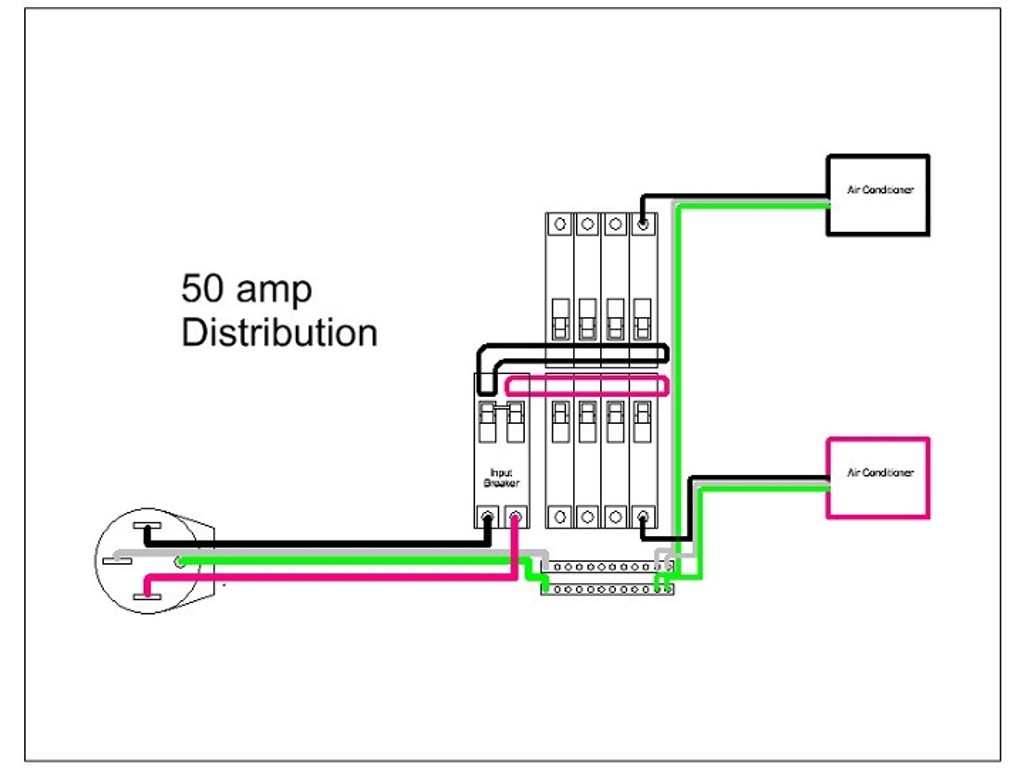
The size and length of the wire determine how much amperage there can be. Amperage is the same to electricity as gallons of water flow is to a water system. So how about an Amp? Amperage is the flow of electricity. In comparison, it is like water pressure to a water system. So what is a Volt? Very simply it is the push that electricity has through the wires of your 12 volts or 120 volts RV electrical system. Most RV Electrical Problems occur because RVers don’t understand the relationship between volts, amps, and watts! It is very easy to overload an RV such that you are tripping the breaker in the main panel, or even for the appliance itself.
#5th wheel power converter wiring diagram how to#
Do you know what these are, and how to figure out what your maximum usage is in your RV? If you don’t, the big purple monkey may visit you! So, let me get the monkey off your back! Most electrical products have labels on them to tell you what kind of electrical requirements they need and use: volts, amps and watts.

What is a purple monkey? It’s a big hairy problem that does not seem to have an immediate answer due to a distortion of the facts. What happened? RV electrical problems may have popped up because of these possible situations: did the water heater kick on and send the electrical system into overload? Did the RV park’s power cut out? Did your EMS unit shut the power down because it detected a problem? Did the AC unit and the convection oven restart together? What should you do? Here comes the purple monkey! Imagine you are enjoying a nice evening in the RV: the AC unit is cranking, the convection oven is cooking the evening meal, the electric water heater element just kicked on because the wife is in the shower, and all of the sudden it gets awfully quiet in the RV. This was one of the first lessons, one of many in my RV life, that taught me when RV electrical problems arise, I needed a basic understanding of RV electrical systems! But I missed the fact that there are really two 12 volt systems. Many people do not understand that an RV has more than just one electrical system! I always thought there were two electrical systems in an RV: the 12 volt and the 120 volt.


 0 kommentar(er)
0 kommentar(er)
